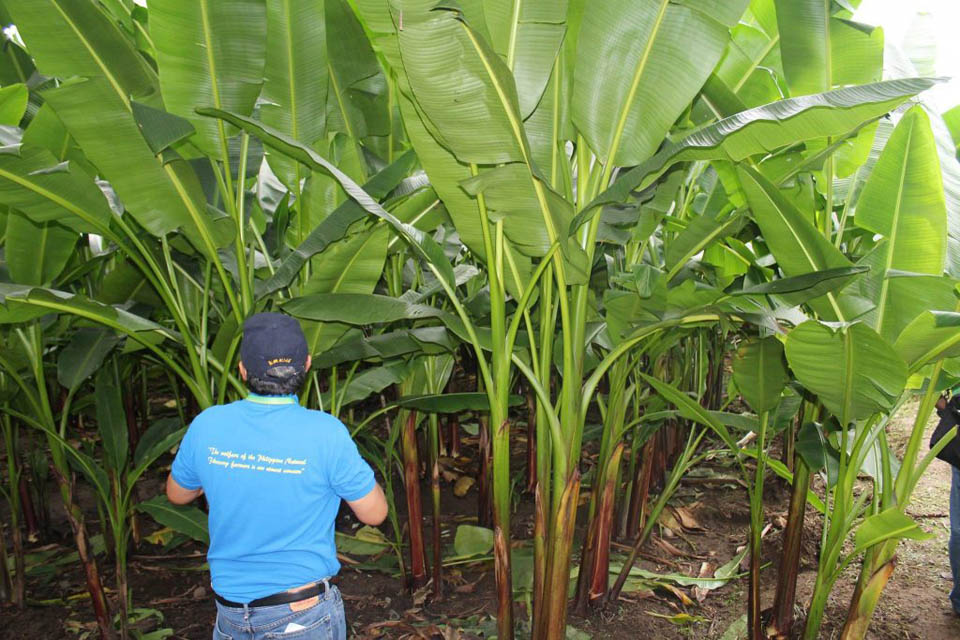
The town of Sogod in Southern Leyte was once a lush abaca plantation. For many years, residents led happy and prosperous lives as they maintained sustainable livelihood from abaca farming.
Sadly, “bunchy top” disease transmitted by aphids in the early 2000 wiped-out nearly all the abaca plants, leaving farms in Sogod barren and unproductive. Farmers were left with almost nothing, barely making ends meet.
In an effort to revive the industry, the Department of Agriculture and the Philippine Fiber Industry Development Authority in partnership with the local government under the helm of Mayor Imelda U. Tan launched in September 2016 the Sogod Opportunities for Abaca Rehabilitation (SOAR) Project.
The three-year project, which called for the establishment of a government-managed nursery that will provide planting materials as well as technical know-how is in line with the government’s target of rehabilitating about 90,000 hectares of abaca farms all across the country. The rehabilitation is also part of the national agenda of the Duterte administration to empower all farmers and bring change to rural communities.
According to Agriculture chief Manny Piñol, the demand for abaca continue to increase with its growing number of uses primarily for pulp and specialty paper, cordage, and fibercraft including fabrics and furniture. It is also now being used in automotive and aeronautics and forms part of Philippine banknotes or perang papel.
The Philippines is one of the three countries, including Ecuador and Costa Rica, which is able to produce abaca.
“With the huge demand for abaca, let us maximize and seize every opportunity,” Piñol said.
Under the P100-million SOAR Project, farmers will be provided with planting materials including abaca suckers and fertilizers (organic and inorganic), and minimal budget to clean up their farms in preparation for planting.
In return, beneficiaries are required to give back two suckers for every sucker they receive that will be given to other interested farmers.
The program also intends to expand production areas and encourage more farmers to plant abaca.
Seventeen months after the kick-off, a total of 740 hectares of land in Sogod are now planted with healthy abaca plants.
“Farmers now have something to look forward to, everyone is excited,” Project Consultant Dr. Remy Baltazar announced.
“Especially now that they see their plants growing,” he said.
Like any other initiatives, the project had a few hiccups in the beginning including the resistance of some farmers to avail of the farm inputs.
“Some were even hesitant to have their farms fertilized. But when they saw the positive results from others, they started lining up to be part of the program,” he added.
“Come harvest time, we have a ready market in Leyte for them,” Baltazar said.
Buying price range from P70-80 per kilo of stripped abaca. On good days, it may even reach P91/kilo.
Once fully rehabilitated, abaca farms in Sogod post great economic prospects. At a 2×2 meters interval per hill, farmers are secured of a total of 2,500 plants for every hectare.
Abaca is a very promising crop, because the plant itself is sturdy against strong winds, and can withstand grave weather phenomenon.
“Even if plants fall during heavy storms, farmers can still harvest and earn since the fiber comes from the leaf sheath around the trunk,” Baltazar said.
To maintain the project’s sustainability, Baltazar recommends that every municipality in Southern Leyte develop their own nurseries measuring to about 1-3 hectares.
“We have suckers ready for distribution, and we are ready to expand to areas outside of Sogod,” he said. (odarodriguez/DA-AFID)














